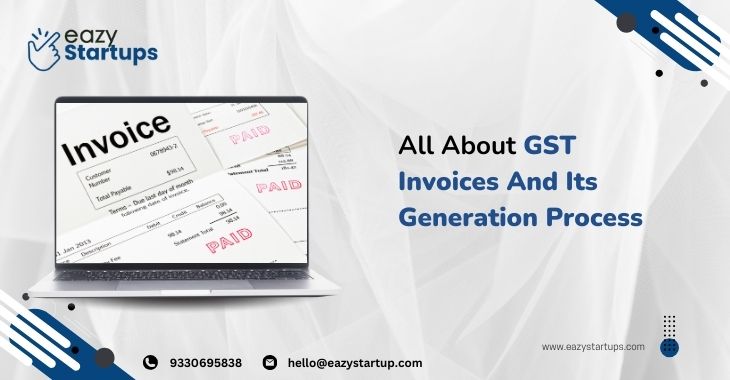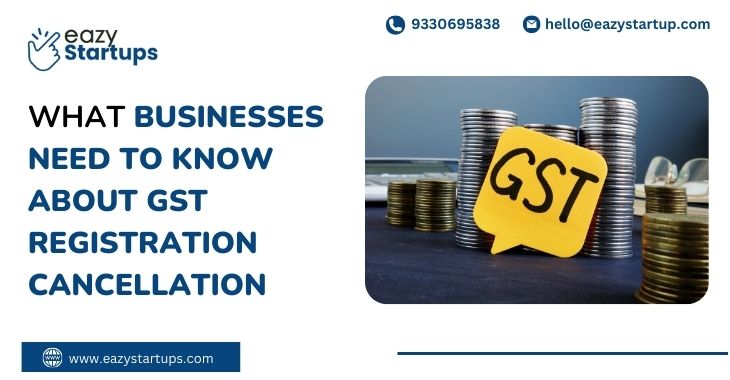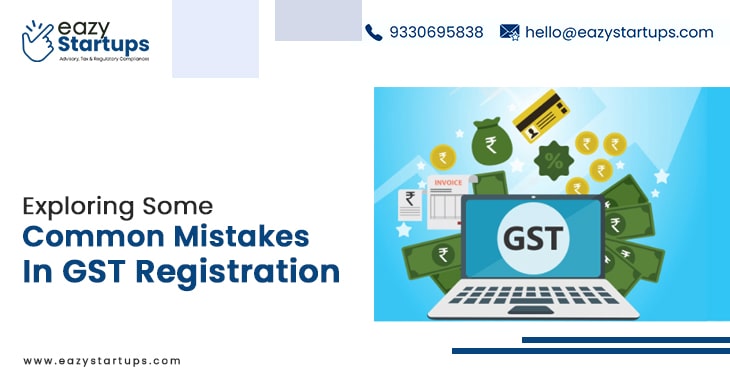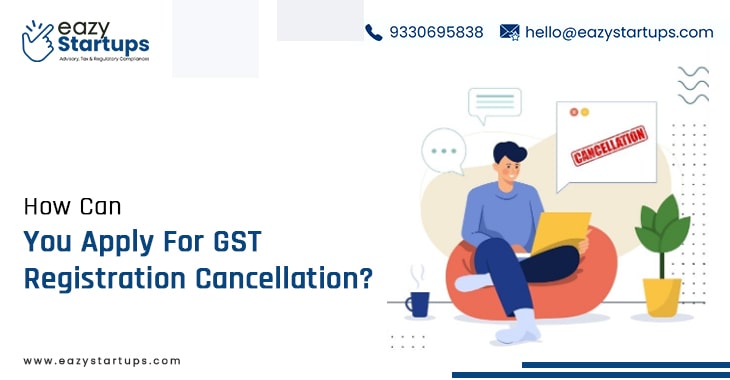At Eazy Startups, we specialize in assisting individuals and businesses with GST Registration Cancellation and GST Return Filing Online in India. In this blog, we’ll delve into the essential aspects of GST Section 14 and how it impacts businesses, along with the services we offer to help you manage your GST obligations efficiently.
- Understanding GST Section 14
- Impact on Businesses
Understanding GST Section 14:
GST Section 14 deals with the time of supply of goods and services when there is a change in the rate of tax. This section is crucial because the timing of supply determines the applicable tax rate, which in turn affects the tax liability of a business.
Here’s a breakdown of the key elements of GST Section 14:-
Change in Tax Rate:
GST Section 14 applies when there is a change in the tax rate on goods or services. The section specifies how to determine the time of supply when such a change occurs, ensuring that businesses apply the correct tax rate for their transactions.
Time of Supply of Goods:
When the tax rate changes, the time of supply for goods is determined based on the following criteria:-
- If goods are supplied before the change in rate, the old tax rate applies.
- If goods are supplied after the change in rate, the new tax rate applies.
- If invoices are issued and payments are received before the change in rate, the old tax rate applies, even if the supply occurs after the rate change.
- If invoices are issued or payments are received after the change in rate, the new tax rate applies, regardless of when the supply occurs.
Time of Supply of Services:
For services, the time of supply is determined similarly:-
- If services are provided before the change in rate, the old tax rate applies.
- If services are provided after the change in rate, the new tax rate applies.
- If invoices are issued and payments are received before the change in rate, the old tax rate applies, even if the services are rendered after the rate change.
- If invoices are issued or payments are received after the change in rate, the new tax rate applies, regardless of when the services are rendered.
Impact on Businesses:
Understanding and complying with GST Section 14 is crucial for businesses to ensure correct tax calculation and avoid any penalties for non-compliance. Here are some ways this section impacts businesses:
Accurate Tax Calculation:
Correctly determining the time of supply helps businesses apply the correct tax rate, ensuring accurate tax calculation. This is essential to avoid underpayment or overpayment of taxes, which can lead to financial discrepancies and compliance issues.
Compliance and Record-Keeping:
Businesses must maintain accurate records of invoices, payments, and supplies to demonstrate compliance with GST Section 14. Proper documentation is essential for audits and avoiding penalties.
Cash Flow Management:
Changes in tax rates can affect the cash flow of businesses. By understanding GST Section 14, businesses can plan their invoicing and payment schedules to optimize cash flow and manage tax liabilities effectively.
Conclusion
In conclusion, GST Section 14 plays a vital role in determining the correct tax rate for goods and services during a change in tax rates. Understanding this section is essential for businesses to ensure compliance and accurate tax calculation. At Eazy Startups, we are committed to helping you manage your GST obligations efficiently, providing expert assistance with GST Registration Cancellation and GST Return Filing Online in India. Contact us today to learn more about our services and how we can support your business in navigating the complexities of GST.










Recent Comments